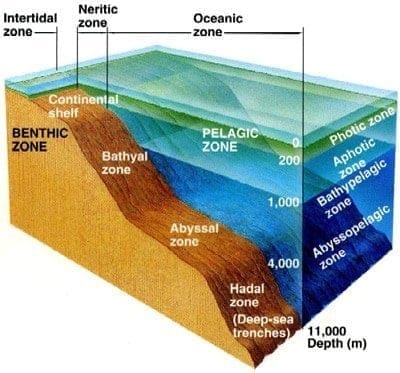
**Title: The Extraordinary Adaptation of Paralvinella hessleri: Enduring Toxic Oceans**
Paralvinella hessleri, a deep-sea worm located in the harsh environments around hydrothermal vents, showcases an exceptional survival strategy that enables it to flourish in a toxic setting. This remarkable organism has drawn the interest of researchers because of its capability to convert harmful substances into innocuous compounds.
The hydrothermal vents inhabited by P. hessleri are abundant in materials that are poisonous to most marine organisms, including heavy metals, arsenic, and hydrogen sulfide. However, a pioneering study headed by oceanographer Chaolun Li and his colleagues at the Chinese Academy of Sciences in Qingdao has revealed how P. hessleri efficiently neutralizes these toxins. The worm accomplishes this by transforming arsenic and sulfur into arsenic trisulfide crystals, or orpiment, which are subsequently stored safely within its epithelial cells. The granules impart a distinctive yellow coloration to the worm.
This mechanism, known as biomineralisation, encompasses various sophisticated biological systems. The research team utilized advanced techniques, including microscopy, elemental analysis, genomic and proteomic investigations, to decipher the intricate interactions involved. They found that specialized transport proteins and hemoglobins aid in the transport of arsenic and sulfide into intracellular vacuoles, where they are rendered harmless as crystalline structures.
This detoxification method, characterized by Li’s team as ‘combating poison with poison,’ is notably intriguing because biomineralisation is typically linked to structural enhancement rather than detoxification. The intriguing adaptation of P. hessleri not only broadens our comprehension of life’s tenacity but also paves the way for potential biotechnological innovations in the management of toxic materials.